Introduction
Simply put, 3D laser scanning is a fast and accurate method of putting physical measurements of an object onto the computer in an organized manner, resulting in what is commonly called 3D scan data. Typically, the 3D scan data is represented with a scale digital model or a 3D graphical rendering. Once the scan data is on the computer, all of the dimensions of the physical object can be taken, such as length, width, height, volume, feature size, feature location, surface area, etc.
3D scan data is often used as a bridge between physical objects and modern manufacturing. This is achieved by converting the data into computer-aided design (CAD) models, using it to compare against the "as-designed" ideal of the part, or using it in the seemingly infinite number of computer-aided engineering (CAE) tools available.
Point Cloud Data Acquisition

The first stage of the process is the data acquisition stage, whereby the Laser scanner is used to record the surface of the object to be modelled. The laser produces a dense cloud of points, creating a 3D representation of the physical object.
Parametric Solid Model
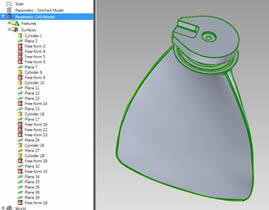
A full parametric solid model may also be created from scan data. This is a model that can be defined by specific dimensions and design constraints to define the geometry. The file will typically be made to recreate the design intent of the model, correcting for imperfections in the manufacturing process and restoring it to its original intended size. A parametric solid model is typically used for the re-manufacture of components and can be easily edited in the majority of CAD systems.
A fully reverse engineered Parametric Model will have a fully functioning feature tree, allowing for complete redesign if necessary. These models are built as if they were engineered from scratch, making them perfect for the reverse engineering of legacy parts and redesigns.
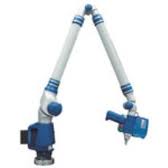
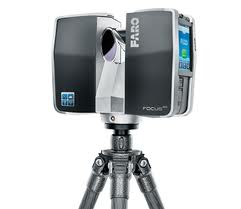
 The first stage of the process is the data acquisition stage, whereby the Laser scanner is used to record the surface of the object to be modelled. The laser produces a dense cloud of points, creating a 3D representation of the physical object.
The first stage of the process is the data acquisition stage, whereby the Laser scanner is used to record the surface of the object to be modelled. The laser produces a dense cloud of points, creating a 3D representation of the physical object.
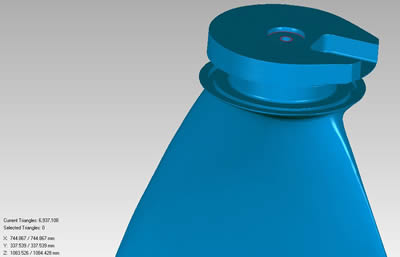 The cloud of points from the laser can easily be transformed into a more usable format such as a polygonal model. A polygonal model is a triangular faced mesh surface that can be used in downstream CAD applications to create fully robust 3D models or can be sent directly to 3D printing machines and other such rapid prototyping machines.
The cloud of points from the laser can easily be transformed into a more usable format such as a polygonal model. A polygonal model is a triangular faced mesh surface that can be used in downstream CAD applications to create fully robust 3D models or can be sent directly to 3D printing machines and other such rapid prototyping machines.
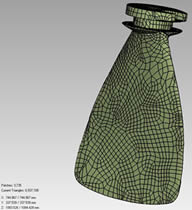 A Rapid NURBS ‘Dumb’ Solid (usually in IGS or stp format) starts with the polygonal model. NURBS surfaces are wrapped over the polygonal wire frame. This wrapped surface model is smoother than a polygonal model. The NURBS model can be brought into parametric modelers such as SolidWorks (albeit with no parametric history – which is why we call it dumb).
A Rapid NURBS ‘Dumb’ Solid (usually in IGS or stp format) starts with the polygonal model. NURBS surfaces are wrapped over the polygonal wire frame. This wrapped surface model is smoother than a polygonal model. The NURBS model can be brought into parametric modelers such as SolidWorks (albeit with no parametric history – which is why we call it dumb).
 A full parametric solid model may also be created from scan data. This is a model that can be defined by specific dimensions and design constraints to define the geometry. The file will typically be made to recreate the design intent of the model, correcting for imperfections in the manufacturing process and restoring it to its original intended size. A parametric solid model is typically used for the re-manufacture of components and can be easily edited in the majority of CAD systems.
A full parametric solid model may also be created from scan data. This is a model that can be defined by specific dimensions and design constraints to define the geometry. The file will typically be made to recreate the design intent of the model, correcting for imperfections in the manufacturing process and restoring it to its original intended size. A parametric solid model is typically used for the re-manufacture of components and can be easily edited in the majority of CAD systems.
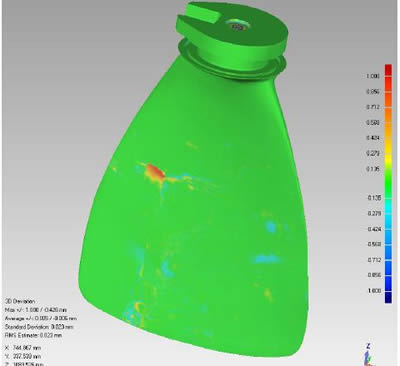 The scan data is alligned to the original CAD data using a best fit function by determining the most logical way to line up the data.
The scan data is then compared to the original CAD data to determine the differences.
Color deviation maps will show where the part surface is above or below the design surface.
Many other dimensional operations can also be performed.
The scan data is alligned to the original CAD data using a best fit function by determining the most logical way to line up the data.
The scan data is then compared to the original CAD data to determine the differences.
Color deviation maps will show where the part surface is above or below the design surface.
Many other dimensional operations can also be performed.